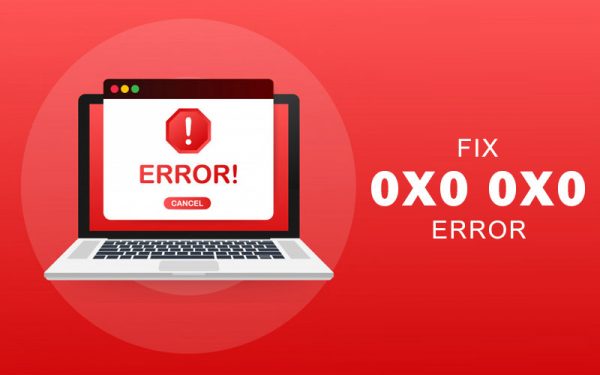What makes responsive web design better than static design?

Due to the extremely widespread use and variety of mobile devices, web and app designers have been forced to create for a wide range of screen sizes. We can view the information in a number of ways, from a large desktop display to a small smartwatch screen. This can be difficult. How do you ensure that your website works on every device? Both adaptive and responsive design can help with this issue, but although they tend to be identical, they each have their own set of advantages and disadvantages. Web design is an art form in and of itself. It is an art form to transform a thought into words and pictures for the audience. The digital world is wired up with gadgets, and everybody depends on websites for even the smallest of tasks. We have mentioned a few reasons why the website designing company in Delhi are also shifting from traditional static design to responsive web design.
1. Increase the reach to mobile and tablet audiences
There has been a rising internet use and the emergence of web apps on tablets and mobile devices. This growth has been fuelled by rising internet use and the emergence of web apps on tablets and mobile devices. Conventionally, visitors would be routed to a device-specific site (for example, mobile), but the responsive design allows for a single site to be used across all devices. This growth has been fuelled by rising internet use and the emergence of web apps on tablets and mobile devices. Conventionally, visitors would be routed to a device-specific site (for example, mobile), but responsive design allows for a single site to be used across all devices. With more than 100 million tablets estimated to be sold this year, responsive design was never more relevant for those looking to optimise their online content. Indeed, some websites are now seeing up to 40% of their traffic coming from tablets and mobile devices, demonstrating the need for a single interface that accommodates the smaller screen size.
2. Consolidation of reporting and analytics
You won’t have to track user experiences, conversion routes, funnels, or redirections among your sites if you’re using a single responsive site. Site analytics tools, such as Google Analytics, are now developed to operate across various platforms and provide responsive reporting. Most of your tracking and analytics would continue to operate and will be integrated into a single report, making monitoring and analysis easier.
3. Significantly saves times and cost
One of the key benefits of using a responsive interface is that it requires less time than the conventional method of building a separate mobile site. Testing through multiple websites adds to your growth, support, and maintenance costs. Standardised testing methodologies may be used since styles are reused and adapted by devices.
4. It increases the conversion rates and sales
Another advantage of responsive design is that there is no need of redirection and that the use of standardised Style Sheets (CSS) across platforms and a single design approach can create a consistent appearance. Consumers are comfortable with navigation and site or system usage across devices, so a consistent user interface can improve conversion rates. Sensitive design reduces some of the difficulties that having multiple sites can bring, such as consistency in functionality, efficiency, and look and feel.
5. Increases your visibility on the search engines
Responsive design allows you to manage a single website with just a single collection of hypertext links, reducing the amount of time you spend managing it. With a centralised Search Engine Optimization (SEO) strategy, you can concentrate on connection outreach. SEO campaigns can be time-consuming and expensive, but by designing a responsive platform, you can concentrate all of your resources on a single site, with a cohesive plan and strategies across all platforms.
Wrapping up
You will remain ahead of the curve with a responsive design. As the market for media-rich mobile internet and applications increases, many key issues must be tackled, including production and maintenance costs, search engine exposure, and increased conversion rates. Both stakeholders would benefit from these variables combined with guidance from the top web design agency Delhi for a cohesive approach to design.


